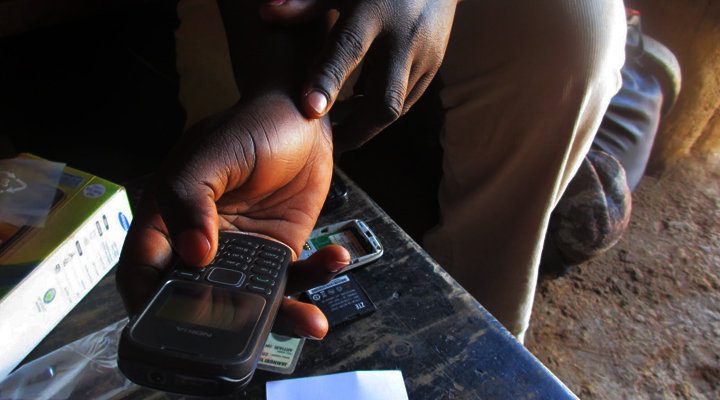Late last year, when we announced major grants to GiveWell’s top charities, I wrote that Good Ventures also planned to make grants to the six charities that GiveWell highlighted as “standouts” in 2011 for their focus on transparency, particularly promising activities and/or seeking to understand the results of their work through rigorous evaluation. Those “standout” organizations were GiveDirectly, Innovations for Poverty Action, KIPP Houston, Nyaya Health, Pratham and the Small Enterprise Foundation.
Today, I’m pleased to report the amount of each grant and provide more information about these “standout” charities. We hope these grants encourage more nonprofits to pursue cost-effective approaches to saving & improving lives, evaluate their work in a rigorous way and share the results with detail and honesty for the ultimate benefit of the people they aim to serve.
GiveDirectly — $100,000 — GiveDirectly transfers money directly to poor individuals in the developing world. They aim to distribute over 90% of the funds they receive directly to poor recipients. (GiveWell’s review, the charity’s website)
Innovations for Poverty Action — $50,000 — IPA carries out research on aid, primarily developing-world aid, and advocates for the use of this research in decision-making. (GiveWell’s review, the charity’s website)
Knowledge is Power Program Houston — $50,000 — KIPP Houston is a network of public charter schools. KIPP schools have a strong track record of improving students’ academic performance. (GiveWell’s review, the charity’s website)
Nyaya Health — $50,000 — Nyaya Health operates a hospital and system of community health workers in partnership with the government in the district of Achham, Nepal. It shares an unusually large amount of information about its operations publicly. (GiveWell’s review, the charity’s website)
Pratham — $50,000 — Pratham is a large, India-based organization that runs a wide variety of programs aiming to improve education for children in India. (GiveWell’s review, the charity’s website)
Small Enterprise Foundation — $50,000 — SEF is a microfinance institution operating primarily in the Limpopo province of South Africa. (GiveWell’s review, the charity’s website)
The reason for the larger grant to GiveDirectly is that we are particularly impressed with that organization and wanted our grant to reflect this. Some reasons we find GiveDirectly particularly compelling:
- We find cash transfers to be an intuitively appealing intervention because they put power in the hands of individuals to decide how to improve their own lives. To be sure, individuals don’t necessarily make optimal decisions for themselves, and there are arguments that traditional aid interventions can do more good than cash transfers. But we think the burden of proof ought to lie with traditional aid to demonstrate better results than direct transfers of wealth. With some exceptions, traditional aid often doesn’t appear to clear this bar. (Note: According to this GiveWell report, the existing literature on cash transfers, while inconclusive, is generally more positive than negative and does not appear to support the idea that cash transfers are systematically squandered.)
- We’re impressed with the quality of GiveDirectly’s team and particularly its commitment to transparency and self-reflection. The fact that GiveDirectly is studying the effects of its program rigorously — including pre-announcing the design of its study — is a big plus. The questions being asked in the study seem thorough and seek to explore the possibility of unintended consequences, such as corruption and tension in communities in which only some people receive cash transfers.
- We're interested in the possibility of using cash transfers as a baseline for comparison for other poverty-alleviation interventions. (In other words, rather than studies comparing the impact of “microfinance” and “no intervention,” we’d be interested in seeing studies comparing the impact of “microfinance” and “cash transfers with equivalent per-person costs to providing microfinance services.”) We haven’t thought this idea through fully but see some potential to explore it over the long term if GiveDirectly continues to grow.
- We do have some reservations. The organization is new, and while its leaders are impressive, they are also fairly inexperienced at providing direct aid to the poor. But on balance we think this organization represents a particularly exciting giving opportunity.


